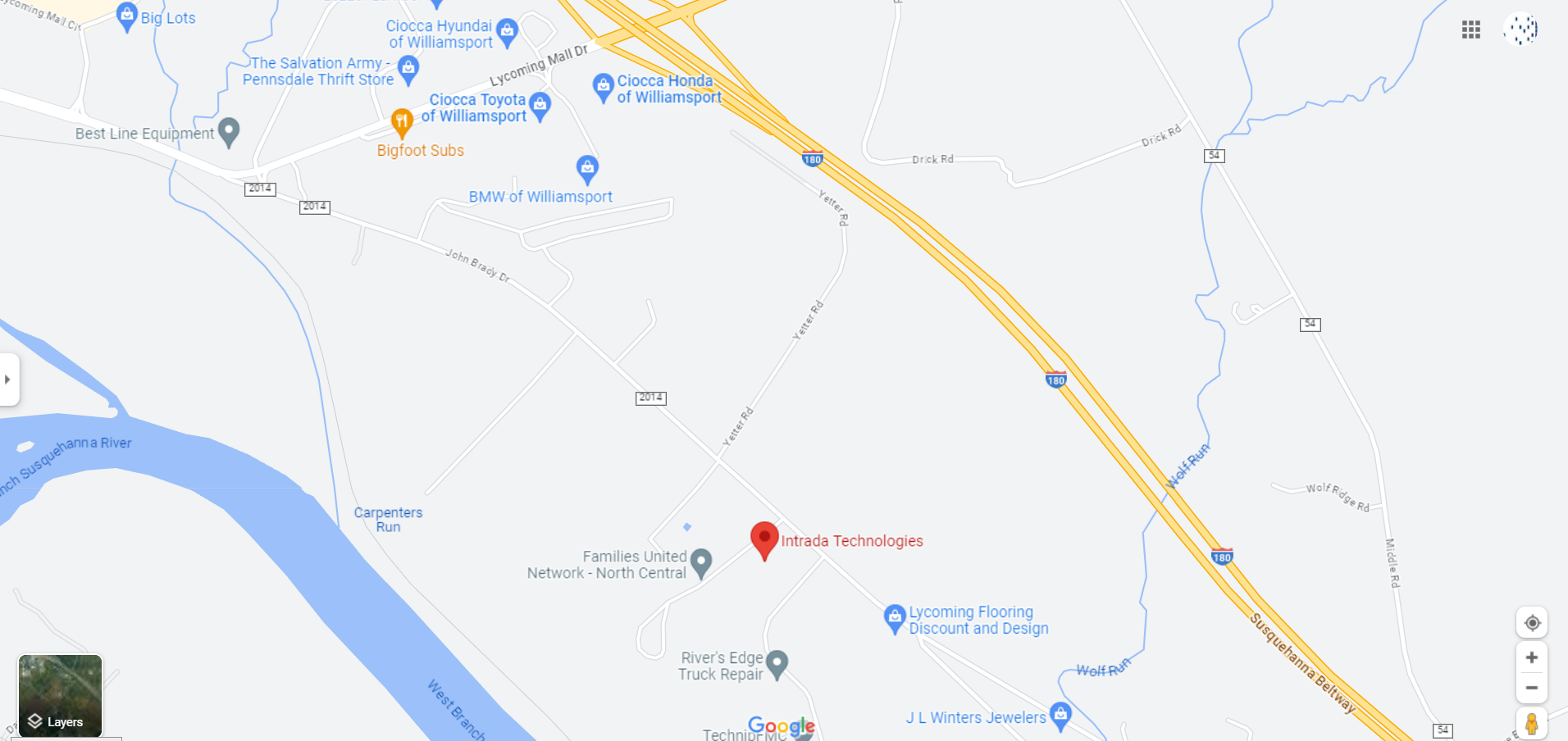Knowledge Base
What really is SEO (Search Engine Optimization)?
The Monthly “Steal” by David Steele
The Monthly “Steal” is a bit of relevant technology information intertwined with personal thoughts, opinions and some real life experiences. It is written by David “Steele” and is free, hence a “steal” from a “Steele”.
I’m not sure about you, but I’m frustrated with most search engine optimization vendors who promise a huge sales pitch, but provide a weak strategy. When I ask companies how their SEO strategy is working, most don’t have specific results. I believe that is because what companies want or expect from an SEO vendor is not exactly what SEO is intended to provide or what SEO vendors are providing as part of their SEO service.
 SEO is the process of affecting the visibility of a website or a web page in a search engine's unpaid results - often referred to as "natural," "organic," or "earned" results.
SEO is the process of affecting the visibility of a website or a web page in a search engine's unpaid results - often referred to as "natural," "organic," or "earned" results.
As an Internet marketing strategy, SEO considers how search engines work, what people search for, the actual search terms or keywords typed into search engines and which search engines are preferred by their targeted audience. Optimizing a website may involve editing its content, HTML and associated coding to both increase its relevance to specific keywords and to remove barriers to the indexing activities of search engines. Promoting a site to increase the number of backlinks, or inbound links, is another SEO tactic.
If SEO involves editing content, HTML and associated code to affect the visibility of a website on search engines unpaid results, once a website is optimized, what’s next? I believe that once a website is optimized, you need to focus on maintenance, driving traffic to increasing ranking. But, I know several companies that hired an SEO vendor that is offering monthly SEO services, but has not changed or added anything on their website in months. My question would be: what are they doing every month?
I think this is a perfect example of where both the customer and the vendor feel they on the same page but what the programmer is doing and what the customer thinks they are doing are actually two different things. We are in a period where SEO standards and accountability comparisons for SEO companies are not consistent or even existent. So how do you know you have the best vendor to handle your Search Engine Optimization?
RESULTS: Set specific goals to organic placement that you will test and measure on a monthly basis.
I find it amazing that companies will test and measure a single billboard but they will not measure their website at the same level. Websites can support multiple channel marketing campaigns that, when used correctly, can provide real time tracking and results. SEO combined with marketing can be complex and requires a continual effort to increase search engine ranking, ad placement and conversions. The primary goal of any SEO strategy is building your site ranking. And then with ranking comes increased paid and organic placements.
In SEO and SEM terms, rank (or ranking) refers to where a Web site or Web page is ranked within search engine results. For example, if your Web site is about microphones, when a person queries "microphones" in a search engine, your ranking indicates where in the search results your Web page is listed (e.g. within the top 5 results, on the first page, the 300th page and so on). A Web page rank within a search engine is also commonly called a position. http://www.webopedia.com/TERM/R/rank.html
The advantage of a strategic SEO process combined with an Internet Marketing Campaign is that it allows for tracking of specific goals and return on investment. At Intrada, we use SEO, SEO Tactics and SEM as part of a larger Internet Marketing Campaign or Digital Media Campaign. Since search engines can change algorithms that at any time effect organic listings, you don’t want to put all your efforts on this single source, because it could change without any notice at anytime.
I break down SEO into 3 stages to help organize and track the process:
1. PLAN – Set optimization goals
We start by learning our client. What is their passion, what is important to them, their history, what they want to accomplish and what separates them from the competition. It’s very important not to lose sight of a company brand, image or message and work to blend a website presentation to both the human prospect and the search engine. Understanding what is important to the client and what makes up the client provides Intrada the necessary information to balance the user experience with what keyword or key phrases are needed to maximize the desired placement. This includes the company name and locations, but it also includes products and services. We then identify who already shows up under our keyword goals and compare current ranking, keyword count and quality to establish a plan to set goals that will be used for testing and measuring the success of the campaign.
2. OPTIMIZE - Optimize current website and content to maximize placement goals
Based on the Optimization Goals, content is reviewed and suggestions are made to increase keyword counts to support the Optimization Goals. Once the content is approved and updated, programmers edit the code to maximize tagging, indexing, navigation, linking, usage of friendly URLs and support of mobile friendly standards. Intrada follows recommendations from Google Webmaster, Schema.org and W3C for code standards and web accessibility.
3. MONITOR & MAINTENANCE – Switch to pushing content
Once a website has been optimized, you don’t keep optimizing the same content over and over. Intrada monitors for errors and applies tweaking based on reports from Google Webmaster tools and services like MOZ. But if you’re not adding additional content, continual optimization is not going to full fill the need. We call it the 80/20 plan. 20% percent of our time is used to review reports and apply tweaking but 80% of our time is be spent adding new content to support the weak keywords identified on the Optimization Goals. Search Engines want to see changes, fresh content, cross linking and activity.
Search Engines want to provide the best possible search result to their customer. You need to prove to the search engine that your website is that resource. So prove it. This generally combined with an SEM (Search Engine Marketing) or SMM (Social Media Management) campaign to develop content to support Optimization Goals and use Social Media to cross link with articles the client’s website.
Don’t get me wrong, this process is not the smoking SEO gun. But this is how Intrada manages websites SEO and Marketing Strategies to provide measurable results. By putting the processes into phases allows us to communicate with our clients and focus on specific goals, removing the confusion and providing accountability. I find most companies don’t know SEO was not working for years. Don’t miss opportunities – hold your SEO company accountable for results and set specific goals to organic placement that will be tested and measured on a monthly basis.
If you would be interested in learning more about Intrada, give me a call or email me today.
David Steele, Partner / Webmaster
This email address is being protected from spambots. You need JavaScript enabled to view it.
570-321-7370![]()
![]()
![]()
![]()
![]()
|
Contact Information: |
Hours of Operation: |
OUR FOCUS
Intrada Technologies is a full-service web development and network management company with a focus on creating ongoing, trusted partnerships with each of our clients.
We make sure our clients have what they require to run their businesses with maximum efficiency and reliability, as many of their needs are mission-critical.
Our unique, collaborative partnerships allow us to provide our clients with the assurance that we will be there when they need us.

